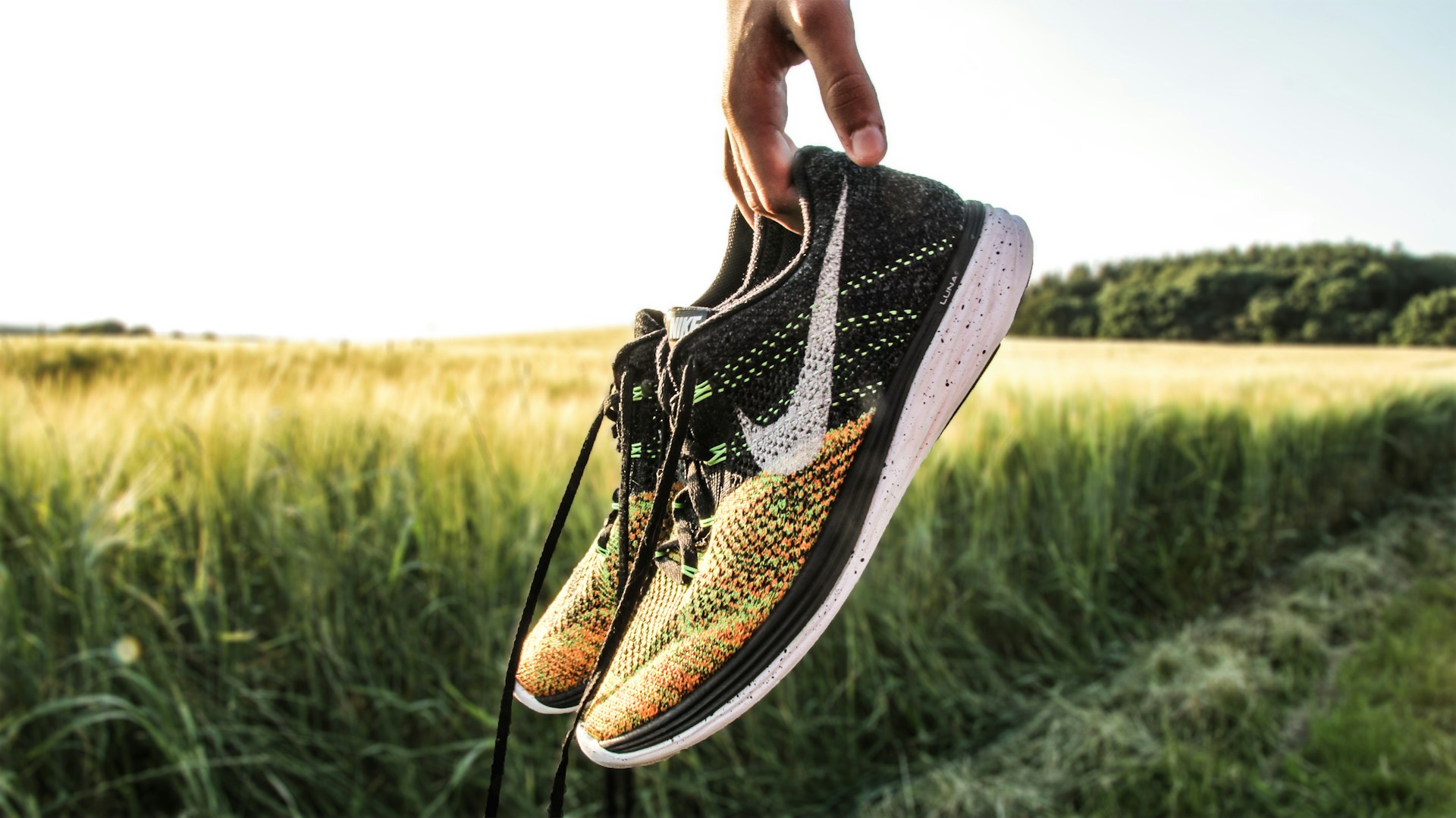Introduction
Trail running is an exhilarating way to explore nature, push your limits, and stay fit. Whether you’re navigating rugged terrain, climbing steep hills, or crossing streams, the right gear can make all the difference. One of the most important pieces of equipment for trail runners is, of course, shoes. With so many options on the market, choosing the best trail running shoes for your specific needs can feel overwhelming.
In this blog, we’ll guide you through everything you need to know to make an informed choice and ensure your next trail run is both safe and enjoyable.
Why are trail running shoes different from road running shoes?
Trail running shoes are designed for off-road conditions, offering extra grip, protection, and stability. While road running shoes prioritize cushioning and lightweight construction, the best trail running shoes provide durability, enhanced traction, and foot protection against uneven surfaces, rocks, and roots.
Do I need waterproof trail running shoes?
This depends on where you’ll be running. Waterproof shoes can be beneficial in wet or muddy conditions, but they might feel less breathable. For dry or hot climates, opting for breathable shoes might be a better choice. The best trail running shoes for you will depend on the environment you’ll run in most often.
Choosing the best trail running shoes requires more than just finding a pair that looks good. Here are some key factors to consider when making your decision:
-
Terrain Compatibility
Different trails demand different features from your shoes. For example, if your trails are rocky and technical, shoes with aggressive tread patterns and enhanced underfoot protection are essential. On softer, more forgiving surfaces like dirt paths, lightweight shoes with moderate grip might be enough. The best trail running shoes will match the terrain you’re running on regularly.
-
Cushioning and Comfort
Cushioning is crucial when considering long-distance runs or ultra-races. The amount of cushioning you need depends on your running style, foot structure, and personal preference. Some runners prefer shoes with maximum cushioning to absorb impact on long runs, while others enjoy a more minimal shoe for a closer feel to the ground. Finding the best trail running shoes will require testing out a few options to see what feels comfortable for you.
-
Fit and Sizing
A snug fit is crucial in preventing blisters and ensuring comfort on long runs. Make sure your shoes offer enough room for your toes to splay naturally without feeling tight. At the same time, they should securely hold your heel to prevent slipping. When shopping for the best trail running shoes, remember that your feet can swell during long or hot runs, so leaving a little extra space in the toe box can be beneficial.
-
Weight and Durability
The weight of your shoes can impact your speed and endurance. Lightweight shoes help you move faster, but they may not offer the durability or protection needed for rugged trails. Conversely, heavier shoes can be more durable and protective, but they might feel clunky over long distances. The best trail running shoes strike a balance between being lightweight and durable, depending on the type of trail and distance you’re covering.
How often should I replace my trail running shoes?
Typically, trail running shoes should be replaced every 300 to 500 miles, depending on the type of terrain and how rough your runs are. Regular inspection for signs of wear, such as thinning tread or a loss of cushioning, can help you determine when it’s time to invest in a new pair of the best trail running shoes.
Final Thoughts
The right shoes can make or break your trail running experience. Whether you’re tackling your first 5K trail or planning an ultra-distance adventure, choosing the best trail running shoes is essential to keep you comfortable, safe, and performing at your best. Pay attention to terrain, comfort, fit, and durability when making your selection, and remember that what works for one runner may not work for another. Happy trail running!

